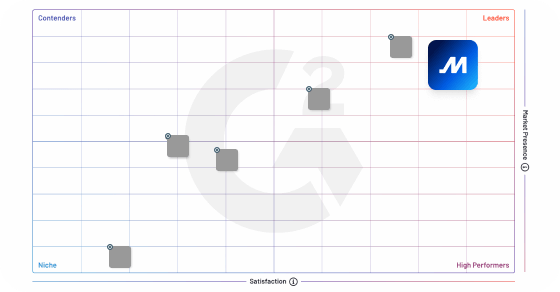A mudlogger, also known as a mud logging technician or mud engineer, is a professional who plays a crucial role in the oil and gas industry. Mudlogging is a specialized field that involves the monitoring and analysis of drilling mud and rock cuttings during the drilling process.
The primary responsibility of a mudlogger is to gather real-time data and provide valuable information about the subsurface formations being drilled. They work on-site, usually in the mudlogging unit near the drilling rig, and closely collaborate with the drilling crew and geologists.
Here are the key tasks and responsibilities of a mudlogger:
– Data collection. Mudloggers collect samples of drilling mud and rock cuttings at regular intervals as drilling progresses. They carefully examine and log these samples, documenting vital information such as lithology, color, texture, and the presence of hydrocarbons.
– Gas detection. Mudloggers are trained to detect and monitor the presence of hydrocarbons in the drilling mud. They use specialized equipment, such as gas detectors, to identify the presence of potentially valuable oil or gas reservoirs.
– Monitoring drilling parameters. Mudloggers monitor and record drilling parameters, including rate of penetration, weight on bit, and mud flow rates. These parameters provide valuable insights into the drilling process and can help identify changes in formation characteristics.
– Formation evaluation. Mudloggers analyze the data collected from drilling mud and cuttings to evaluate the properties and characteristics of the subsurface formations. They identify potential zones of interest, assess reservoir quality, and provide valuable input to geologists and drilling engineers.
– Reporting. Mudloggers prepare detailed reports summarizing the collected data, significant events, and observations during drilling operations. These reports are essential for providing a comprehensive understanding of the wellbore conditions and aiding decision-making processes.
Mudloggers use various tools and technologies, including gas chromatographs, spectrometers, and microscopic analysis, to perform their tasks effectively. They work in shifts and often in challenging conditions, including remote locations and harsh environments.
The insights provided by mudloggers are vital for well evaluation, formation assessment, and overall wellbore stability. Their data helps inform drilling decisions, optimize drilling operations, and identify potential hydrocarbon reservoirs. Mudloggers contribute significantly to the overall success and efficiency of drilling projects in the oil and gas industry.
Frequently Asked Questions
What does a mud logger do?
A mudlogger is a specialist who works in the oil and gas industry. They monitor and record data related to drilling operations such as rock cuttings, pressure, and temperature. They use this data to evaluate the potential of oil and gas reserves and to ensure that drilling operations are proceeding safely and efficiently. Their role is critical in determining the success of a drilling operation.
How much does a mudlogger earn in the U.S.?
The average salary of a mudlogger in the U.S. is around $65,000 per year. However, this can vary greatly depending on experience, location, and company. Mud loggers are responsible for monitoring drilling operations and analyzing rock and sediment samples to determine the presence of oil and gas. This job requires extensive training and technical knowledge.
Is a mudlogger a geologist?
No, a mud logger is not a geologist. A mudlogger is a technician who collects, monitors, and analyzes drilling data, such as rock cuttings and gas levels, to help identify and evaluate potential oil and gas reserves. While mudloggers work closely with geologists during the drilling process, they typically do not hold the same level of education or expertise as a geologist.



